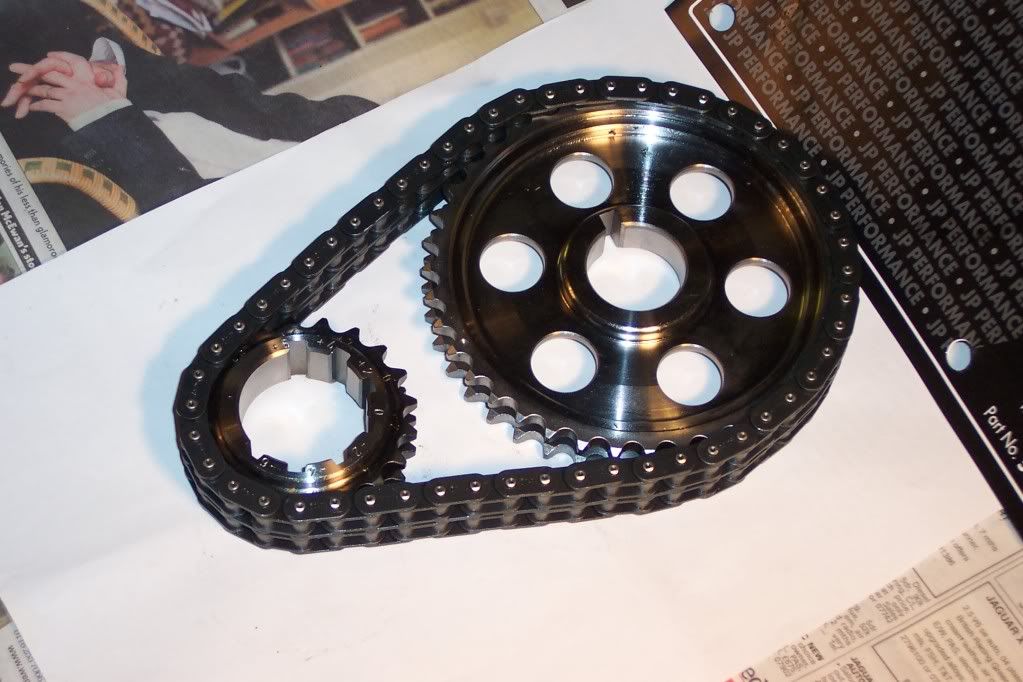Thomas-P6
Member
Hi,
my 3500 Auto let me down completely yesterday whilst being on a long weekend trip to the coast. The car ran fine for more than 600 km on the way up, but then decided to quit the morning we wanted to drive back home. It started up nicely, but quickly began to cough and finally quit running completely about a half a mile later. In my opinion, the float chambers in the SU's had emptied and did not get re-filled. I had to call a tow-away service from the Automotive Club and they brought me to a local garage where we tried to solve the problem, but with no success.
General condition of the car is very good, she never gave me an engine problem for the last 10.000 km. The carbs were re-built about 2 years ago.
Here is what we did:
- checked petrol filter, looked clean from the outside
- fuel was fresh from a couple days before
- removed the pipe going from the filter to the carbs and blew through them - no blockage
- cranked the engine, and the mechanical fuel pump produced a nice fountain coming out of the top of the fuel filter
- took one carb off and opened the float chamber - no muck inside, the needle valve was moving up and down easily
- since I happened to have an electrical fuel pump as a back up unit on board (purchased from JRW), we decided to put in it (it also produced a nice fountain)
- blew air through the pipe going back to the tank - no blockage (when sucking, petrol would come up easily)
- finally, we even offered fuel to the pump from a separate cannister
Nothing helped. Every attempt to start the engine failed. The engine would sometimes fire up, make a few irregular puffs, and then stall again.
Ignititon system is in good order. I ckecked the spark plugs and the were dry as they should be.
At the moment I am a bit lost. Whilst waiting for the car to be delivered home in the next few days, you guys may have some clues.
Thanks
Thomas
my 3500 Auto let me down completely yesterday whilst being on a long weekend trip to the coast. The car ran fine for more than 600 km on the way up, but then decided to quit the morning we wanted to drive back home. It started up nicely, but quickly began to cough and finally quit running completely about a half a mile later. In my opinion, the float chambers in the SU's had emptied and did not get re-filled. I had to call a tow-away service from the Automotive Club and they brought me to a local garage where we tried to solve the problem, but with no success.
General condition of the car is very good, she never gave me an engine problem for the last 10.000 km. The carbs were re-built about 2 years ago.
Here is what we did:
- checked petrol filter, looked clean from the outside
- fuel was fresh from a couple days before
- removed the pipe going from the filter to the carbs and blew through them - no blockage
- cranked the engine, and the mechanical fuel pump produced a nice fountain coming out of the top of the fuel filter
- took one carb off and opened the float chamber - no muck inside, the needle valve was moving up and down easily
- since I happened to have an electrical fuel pump as a back up unit on board (purchased from JRW), we decided to put in it (it also produced a nice fountain)
- blew air through the pipe going back to the tank - no blockage (when sucking, petrol would come up easily)
- finally, we even offered fuel to the pump from a separate cannister
Nothing helped. Every attempt to start the engine failed. The engine would sometimes fire up, make a few irregular puffs, and then stall again.
Ignititon system is in good order. I ckecked the spark plugs and the were dry as they should be.
At the moment I am a bit lost. Whilst waiting for the car to be delivered home in the next few days, you guys may have some clues.
Thanks
Thomas


